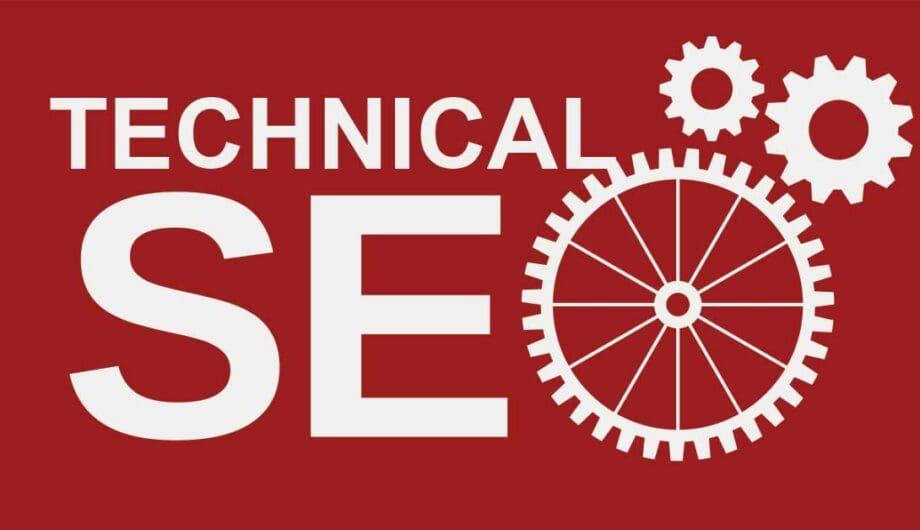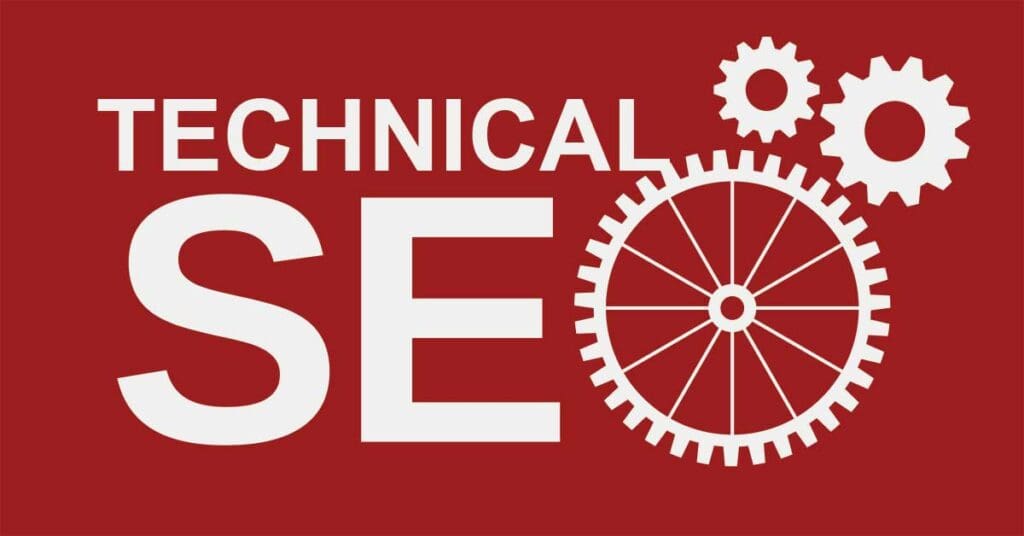
I write about SEO a lot on this blog, but it occurs to me that I haven’t really covered what technical SEO and technical SEO is important! This isn’t SEO where we pick keywords and try to rank pages for them, this is the behind the scenes SEO. Basically, it means are you meeting all the technical requirements that Google wants your site to meet in order to be successful?

Here are the basics in no particular order.
Site Speed
Google has been telling us this over and over, but site speed matters. If your site is slow, then it’s going to start to affect your rankings. So how do you know what your site’s speed is? First, you need to test. You can use a variety of page speed testing tools.
My main tip here, when it comes to analyzing your page speed, is to try it multiple times. Your site will not respond the same each time you run it, so run it at least three times and average that score. That will be a more accurate representation of your actual page speed.
Then, work on it. I have written posts about page speed and I’ll probably write more, but here’s what I can say for sure. It’s not something you can fix overnight. It takes a lot of time, research, and effort to get a great page speed. (Oh, and great web hosting. If you’re on a big box host, your first job is to move.)
A few things that can help with page speed:
- Optimize your images. Do NOT load them to your website directly from your phone. Reduce them to only as large as you need. Use an image optimization plugin like TinyPNG or Shortpixel.
- Enable GZip Compression. GZip is just software that compresses your content before it’s served to your user. It can cut page speed down a lot, so make sure your web host has it enabled.
Mobile Friendliness
If your site isn’t responsive, then my best advice to you would be to go back in time and make your site responsive. Google has gone mobile-first in indexing, which means that the content that shows up on your site for mobile users is the content they will index first. So not only does your site need to be mobile-friendly, it needs to show great content on mobile.
Now sure if your site is mobile friendly? Use Google’s mobile friendly testing tool to find out. If you fail, then your first priority is to get that working.
XML Sitemap
An XML sitemap is a tool the search engines use to find all the content on your site. It’s just a map to your site’s pages, posts, and more. It helps them know what to index and what not to index.
If you use the Yoast plugin, then you already have an XML sitemap up and running. If not, there are other plugins you can use to generate this sitemap as well.
Make sure that you submit your XML sitemap to search console too! Google not only needs to know you have an XML sitemap, they need to know where it is. This is important for technical SEO.
Crawl Errors
A crawl error is when a search engine tries to get to a page on your site but can’t do it for some reason. This can happen when you change your URL, delete old content, or other problems like malware or DNS errors.
How do you know if you have crawl errors? There are many ways. I use Google search console. Once you’ve set it up, it can tell you what pages aren’t working and you can go through one by and one and fix them.
If you delete content on your site, change your permalinks, or get a new site designed, sometimes that means Google has old pages indexed that are no longer around. Your best bet is to redirect those old pages to similar pages so that your users (and Google!) aren’t landing on error pages. You can use a tool like the Redirection plugin to make those corrections.
URL Structure
Back in the early days of WordPress, the default structure for your URLs looked something like http://domain.com/?p=45. That’s no good! Those kinds of URLs don’t help your SEO at all. If you have URLs like that, go ahead and switch them over so that the URL looks more like http://domain.com/about/
It’s a much better option for your users and for the search engines. (Be sure to redirect the old ones.) ALSO, be sure that your URLs are as short as possible while also describing the content on the page. That’s important for technical SEO.
Add SSL Encryption
Google decided it wanted sites to be encrypted a while ago, and if you haven’t signed up for that trend, now is the time to do it. Most reputable hosts offer it free with your plan these days through Let’s Encrypt.
You can check to see if you have it by using this tool at SSL Shopper. If you don’t have it, contact your host to get it set up. Once it’s working, you’ll still have to make sure your site is using it. If you don’t know how to do that, an easy plugin to make it work is the Really Simple SSL plugin. Need help getting your site encrypted? Contact us for help.
Make sure to enable the https option in your Google Analytics and Search Console.
Don’t forget technical SEO when you’re finishing your site
Technical SEO may not be flashy and it doesn’t help you pick out keywords, but it does ensure that the search engines are able to find and read your site. It’s an important aspect of overall SEO for any website.
When Sumy Designs completes a site, we make sure all of these items are checked off, but there’s maintenance too. Don’t let your SSL certificate expire. Don’t forget to compress new images. Don’t forget to shorten your blog post URLs. The job of ensuring your site remains friendly to the search engines falls on you.
Amy Masson
Amy is the co-owner, developer, and website strategist for Sumy Designs. She's been making websites with WordPress since 2006 and is passionate about making sure websites are as functional as they are beautiful.
